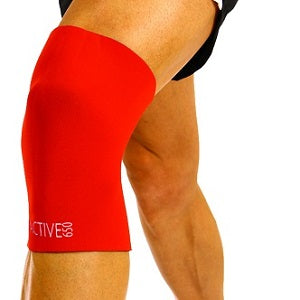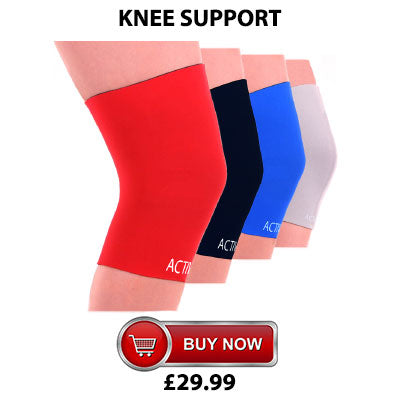Meniscus Injuries
Knee Pain And Meniscus Damage
What Is Meniscus?
Each knee contains a lateral (outside) meniscus and a medial (inside) meniscus. They are fibrous cartilage wedges that sit between the end of the femur (thigh bone) and the tibia (shin bone).

It was thought that the role played by the menisci was limited and it was common for the complete surgical removal of them following any damage. However, lately their roles have been described as:
- Shock absorbers
- Stabilisers (important if there has been damage to the ACL)
- Load bearers
- It is also thought that they may play a role in lubrication of the joint, providing the joint with nutrition and also aiding with proprioception (sensory feedback)
Damage To The Meniscus
Meniscus tears are the most common injury presenting to orthopaedic knee surgeons and are often the result of sports injury; most commonly with the twisting of a flexed knee under load.
In older knees the meniscus becomes less elastic and can tear with a lower level of movement or even spontaneously if the progressive degeneration is severe enough.
Typical symptoms of meniscal tears are:
- Pain either at the front or the back of the knee
- Episodes of the knee giving way
- Swelling, either permanent or after an episode of pain or giving way
- Locking, with the knee being stuck and not being able to straighten fully
One, or any combination of the above may be experienced by someone with a meniscal tear.

Treatment
Immediate treatment for any knee pain should follow the RICE (rest, ice, compression, elevation) principle. A diagnosis of a meniscal tear will be made by a qualified professional.
Once diagnosed the injury should be rested and any aggravating activities should be stopped with the aim being to remove as much load and stress from the knee joint as possible. Later on, more active treatment may be required, in the form of physiotherapy or, in severe cases, surgery.
How Does An Active650 Knee Support Help?
In the first instance the “C” of the RICE mnemonic is compression. As Active650 knee supports provide the most effective uniform compression of any supports on the market, we can help by reducing the degree of swelling post-injury. The benefit of an Active650 support at this stage is not only its superior compression but also its comfort. Once in place it will not move and the high level of elasticity means that there is no tourniquet effect and no digging in or pinching of sensitive and painful areas.

An Active650 Knee Support will help you as your rest, recovery and rehabilitation progresses. The menisci have a poor blood supply. Therefore the increased warmth provided by the contoured fit of an Active650 support will increase the flow of blood to the knee joint aiding the supply of oxygen and nutrients to help repair damaged tissue.
As the rehabilitation begins or, in the case of minor tears, as you start to increase your activity you need to move the knee as much as you can, in order to prevent the joint from stiffening and to strengthen the surrounding muscles. However, you do not want to move the knee too much, so that it causes re-injury or worsens the existing injury.
The key is to mobilise and load the knee in a controlled manner, within the limits of pain.
Conventional supports will not only prevent movement of the knee they can result in the muscles becoming reliant on the brace. With an Active650 Knee Support you get protection from excess load and stresses with no restriction of movement. You can achieve your rehabilitation potential more quickly, in more comfort with more security.

